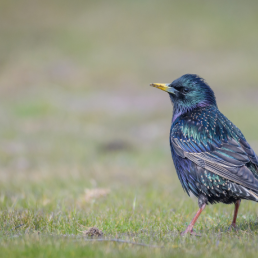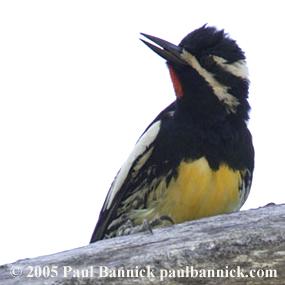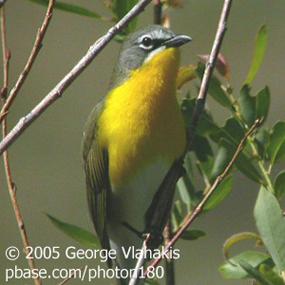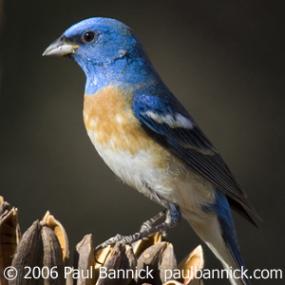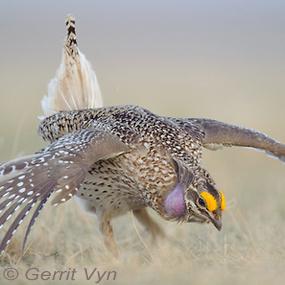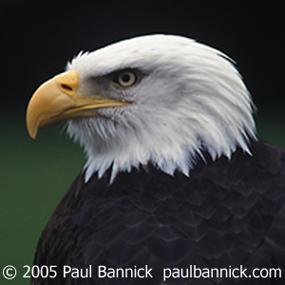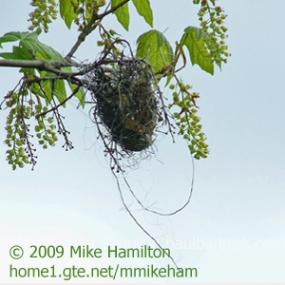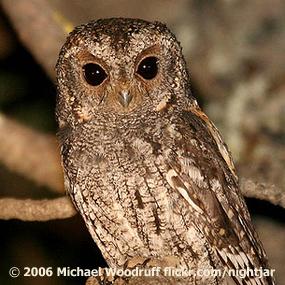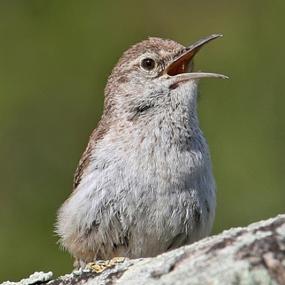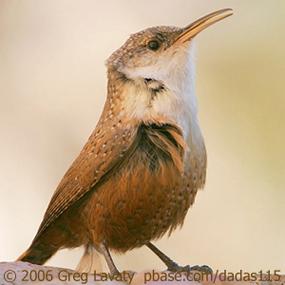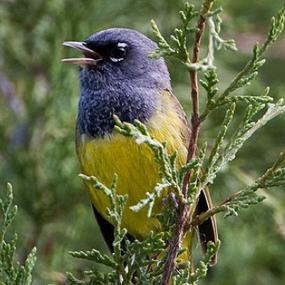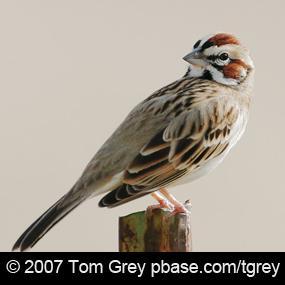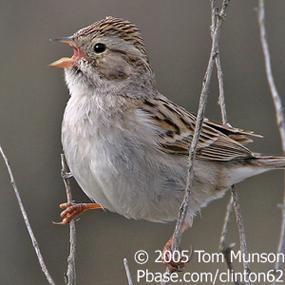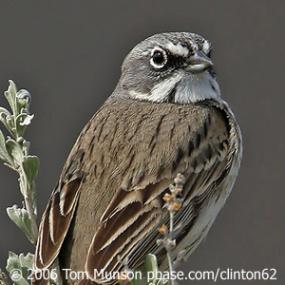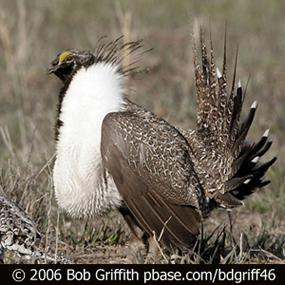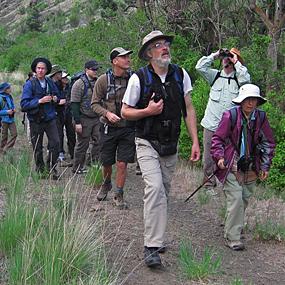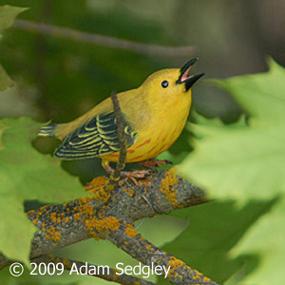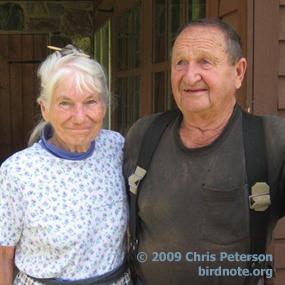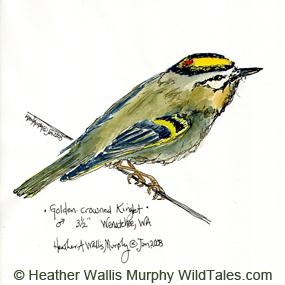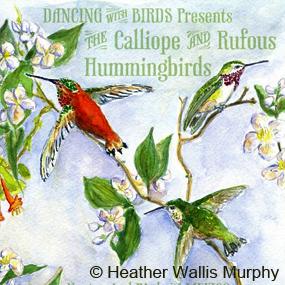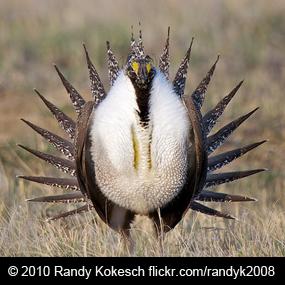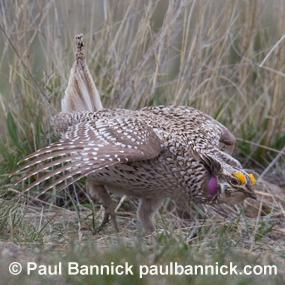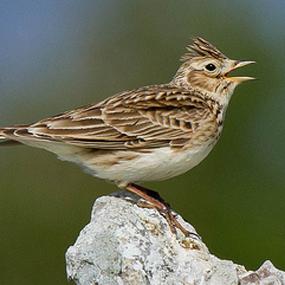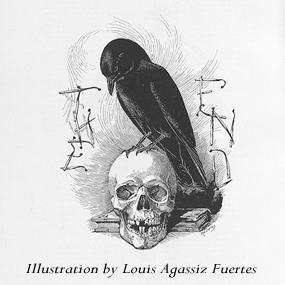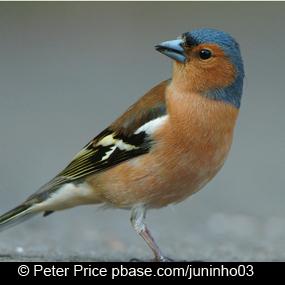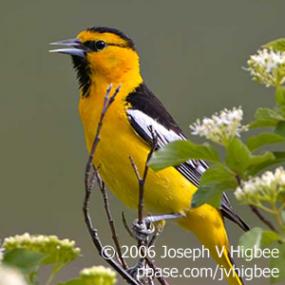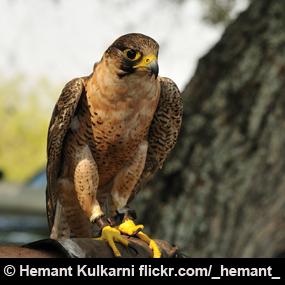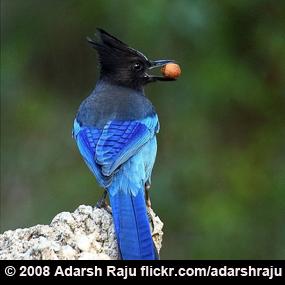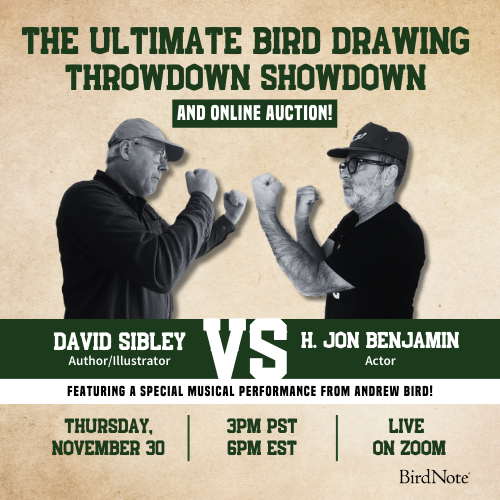

Join BirdNote tomorrow, November 30th!
Illustrator David Sibley and actor H. Jon Benjamin will face off in the bird illustration battle of the century during BirdNote's Year-end Celebration and Auction!
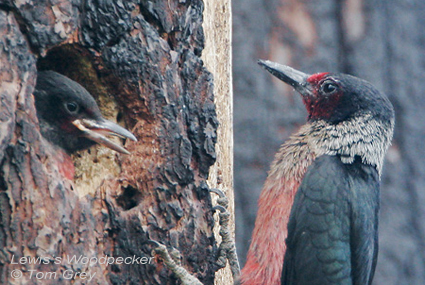
BirdNote and Northwest Public Radio (NWPR) took a closer look at conservation issues for birds in North Central Washington (NCW) and what local residents are doing to help. Click the links below to listen to NWPR's Courtney Flatt report on:
Leaving Behind Burned Trees for Bird Habitat
Owls: A Natural Predator for Vineyard Pests
Making Your Backyard Into a Bird Haven
The good news: these efforts are making a difference for birds, and there are even more opportunities for the public to get involved.
This series was made possible by a grant from the Icicle Fund and matching gifts from generous individual donors.
BirdNote and NWPR offer lots of resources, which you'll find below — from a library of BirdNote stories about birds and people in NCW to the many partner organizations where you can learn more, volunteer, and give birds a helping hand.
The Birds of North Central Washington
North Central Washington is home to a variety of birds, many of them featured in BirdNote shows. Click the show title below an image to listen to a related BirdNote show.
|
|
|
When it comes to woodpeckers, nature has been very generous to the Northwest. Some areas, like the Okanogan region in North Central Washington, host among the highest diversities of woodpecker species anywhere in the Northern Hemisphere. |
| In summer, the thick tangles of streamside vegetation in many canyons echo with an uncanny sound — the Yellow-breasted Chat. Look for it in willow thickets, brushy tangles, and other dense, understory habitats at low to medium elevations around streams. |
|
|
|
With its beautiful colors, the Lazuli Bunting might just have inspired Navajo artists. In summer, they inhabit the brushy canyons east of the Cascades. And where the Lazuli Bunting sings, you'll often hear the music of Vesper Sparrows and Western Meadowlarks. |
| During spring, male Sharp-tailed Grouse perform their elaborate mating dances on a matted patch of ground called a lek. Throughout the world, very few species of birds, perhaps fewer than 100, use leks when breeding. |
|
|
|
A stiff December breeze blowing down the Columbia River delivers a brisk chill. A stretch of river near Bridgeport, in North Central Washington, is held tightly by a series of dams, creating lakes, which in winter harbor thousands of water-birds. |
| Bullock's Oriole Weaves a Nest The Bullock's Oriole is the only member of the oriole family that nests in the Northwest. Like the females of other oriole species, the female Bullock's builds an intricate hanging nest. |
|
|
|
The Flammulated Owl nests in old woodpecker tree cavities in the West and has even been known to evict the occasional woodpecker, if no other cavity is available. Its life and livelihood depend on healthy, mature ponderosa pine forests. |
| The ringing notes of a Rock Wren’s song reverberate across a steep, rocky slope in the American West. The Rock Wren is most at home in piles of rock rubble at the foot of cliffs, a life zone known as a talus slope. |
|
|
|
One bird's voice embodies the basalt canyons and deep coulees of the West like no other. It's that of the Canyon Wren. The evocative, cascading notes bounce off the tall, sheer rock faces and jumbled talus slopes. |
| Nature Prospers in Avalanche Chutes Natural snow courses known as avalanche chutes collect soil. Eventually, a new zone of habitat takes form, home to diverse wildlife. In the West, the shrubby cover of avalanche chutes attracts nesting Fox Sparrows and provides ideal habitat for MacGillivray’s Warblers. |
© Tom Grey |
|
|
The Lark Sparrow is large, gorgeous, and unmistakable. Lark Sparrows nest throughout the West and Midwest, in grassy habitats with scattered shrubs, fields with brushy edges, and sagebrush. |
| Brewer's Sparrow, Sageland Singer The song of the Brewer's Sparrow rings forth from the sagebrush of Eastern Washington's Columbia Basin. This quintessential drylands bird can survive for an extended period of time with no supplemental water, getting all the water it needs from seeds and arthropods. |
|
|
© Bob Griffith |
In late February, a few miles from the Columbia River in Central Washington, Sagebrush Sparrows arrive from their wintering grounds in the Southwestern deserts. Unlike most songbirds, male and female Sagebrush Sparrows often arrive on their nesting grounds already paired. |
| Sage-Grouse Lek and Grasslands At a display area, known as a lek, the male Greater Sage-Grouse perform for mating rights, while the smaller females look on. Today, the Greater Sage-Grouse is seriously endangered, its fate intertwined with the loss of sage habitat. Millions of acres have been converted to cropland, and on millions more, the sage has been removed. |
|
|
|
Celebrating 50 Years+ and One Rare Bird at Wenas The song of a Western Meadowlark rings out across the eastern slope of Washington’s Cascade Mountains. Come Memorial Day weekend, members of Audubon and friends will gather at the Wenas Campground to welcome the birds and wildflowers of spring. |
| A bird/scavenger hunt for kids, created by former chapter president, Mark Oswood, of North Central Washington Audubon, takes families outside — to look for birds! What could be better? |
|
|
|
Hendricksons and the Violet-green Swallows Ray and Gretchen Hendrickson created a sanctuary for Violet-green Swallows, catering to their choices for nesting sites. |
| Winter Field Notes - Reflections by Heather Murphy Heather Murphy, a naturalist, watches for birds with the trained eye of a wildlife biologist, then makes a few field notes and illustrates them for her journal. |
|
| |
Dancing with Birds, With Heather Murphy and Rhona Baron While having fun exercising in a Zumba class, wildlife biologist Heather Murphy realized she was experiencing a combination of dance, music, and culture that might be used to attract more Latino communities to birds and nature. So from there, she and Rhona Baron created Dancing With Birds – dance videos, sound tracks, posters for festivals, curriculum for schools – in English and Spanish. |
| Landowners Help Endangered Sage-Grouse The survival of this Greater Sage-Grouse, a bird now endangered in parts of its range, comes down to preserving stands of healthy sagebrush. And essential to saving habitat is the cooperation of landowners. Recently, Rob Wesselman and his family placed 1100 acres of their land - home to Greater Sage-Grouse - into a federal conservation program called State Acres for Wildlife Enhancement, or SAFE. |
|
|
|
A Baker and Farmer Help Sharp-tailed Grouse A determined dry-land wheat farmer and a visionary baker decided to help a bird in trouble, the Sharp-tailed Grouse. The farmer, Wade Troutman, left 30% of the land he farms in its natural condition, allowing cover and food for grouse and their young. The baker, Jeff Weissman, owner of Great Harvest Bread in north Seattle, offers Wade's Wheat Bread in his bakery. "Community supported agriculture" projects help farmers such as Wade Troutman. |
| Shakespeare's Lark and Nightingale with Rod Molzahn Birds play important roles in many of Shakespeare’s plays. In Romeo and Juliet, the Lark sings at dawn, the Nightingale at night. At a moment of great peril, the Lark warns the lovers their time is short. Rod Molzahn, an actor, a writer, and Wenatchee historian, presents a bit from Shakespeare: lark vs. nightingale, from Romeo & Juliet. |
© Illustration by Louis Agassiz Fuertes |
|
|
Shakespeare's Crows, Owls, and Ravens - With Rod Molzahn Rod Molzahn, an actor, a writer, and Wenatchee historian, describes some of the birds in Shakespeare's work. |
| Bird in Shakespeare - With Rod Molzahn Rod Molzahn visits several of Shakespeare's works, finding many birds, including this Chaffinch. |
|
|
|
|
| |
|
|
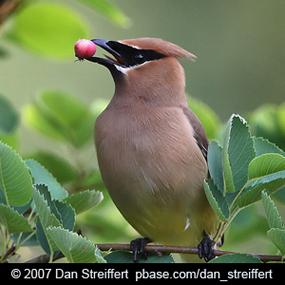 © Dan Streiffert |
Landscaping Wildlife II - Interview with Russell Link Russell Link of the Washington Department of Fish and Wildlife suggests that you take a walk in your neighborhood to see what plants do well. Concentrate on providing structure in the landscape, from ground covers to shrubs to mid-sized trees to larger trees. Native plants provide food and cover for birds, like this Steller's Jay. |
| Landscaping for Wildlife I - Interview with Russell Link Healthy habitat is the key to the future of birds. Russell Link, who wrote the book, "Landscaping for Wildlife," says one of his top ten plants is a snag, because it's so important to a wide variety of birds. Plants that have berries in the fall are also a real favorite, especially with Cedar Waxwings, like this one. |
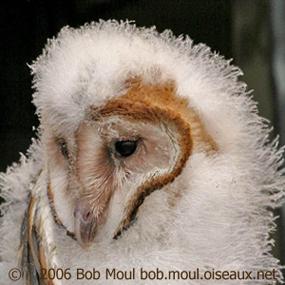 © Bob Moul |
| |
The Barn Owl's ability to locate prey by sound, even when concealed by snow or leaves, is the most precise of any animal yet tested. Click the play button below to hear : Crickets and Keerrrrr calls of adult Barn Owl during springtime; recorded by Chris Peterson
|
Organizations of North Central Washington
We invite you to learn more about North Central Washington by following the organizations below:
Washington Native Plant Society - Wenatchee Valley Chapter
Leavenworth Spring Bird Festival
Northwest Public Radio is a participant and contributor in the Northwest News Network, a collaboration of public radio stations in Washington, Oregon, and Idaho. Their reporters bring a regional perspective to coverage of Northwest states' government, environment, economy, and other news of widespread interest to residents of the Northwest. Regional news on Northwest Public Radio is a part of Morning Edition every weekday morning, and All Things Considered in the afternoons. Learn more at NWPR.org.
This page, along with these stories from North Central Washington, are made possible by a grant from the Icicle Fund and matching gifts from individual donors to BirdNote. The Icicle Fund awards grants to 501(c)(3) organizations whose work or specific projects advance the fund's mission of supporting the environment, the arts, and history, though innovative collaboration in North Central Washington. Learn more at iciclefund.org.
* North Central Washington includes Chelan, Douglas, and Okanogan Counties. The Washington State Department of Transportation includes Grant County. Ferry County is considered by some to be in North Central Washington. Wenatchee is the largest city in this region.
The survey has ended. Thanks for your interest.
